English artist John Constable was one of the masters of landscape painting in the nineteenth century. He was born on June 11, 1776 at East Bergholt, Suffolk. His father was a landowner and mill manager. Constable spent a happy childhood in the countryside surrounding his family’s estate. His love of the Suffolk landscape inspired his desire to paint. At 23, he transferred to London and enrolled at the Royal Academy, where he studied landscape painting. He started to exhibit beginning in 1802.
Constable was one of the first artists to move away from traditional landscape painting. At the time, academic painters created landscapes while shut up in their ateliers, inventing elaborate compositions that highlighted their technical ability. Constable, on the other hand, sought simplicity, and favored direct observation of nature. He made sketches and preparatory studies out in the open, transcribing his visual impressions with immediacy. Then he painted the finished artwork in the studio, working from his sketches. He used brilliant colors that faithfully reproduced the effects of light. But the English artist’s research wasn’t limited to reproducing appearances. Like the early Romantic poets, Constable also seemed to want to capture the heart of nature, portraying its intimate vitality. His views of Suffolk, where the artist spent his childhood and where he returned every summer, express his love for that countryside. Flatford Mill, which depicts his family’s estate, is exemplary.
In the early 1820s, Constable created a series of studies of the sky, noting the exact time of day and atmospheric conditions as he painted the image. The attention he paid to rendering the sky is a feature of many of his landscapes. One of his most famous, The Haywain, was awarded a prize at the Paris Salon in 1824. Constable’s painting was particularly valued in France among artists who appreciated his innovative approach to nature and his skill with color. At the end of the 1820s, Constable’s normally quiet and serene landscapes began to show an intense dramatic component. The works from this period reflect the artist’s sorrow over the death of his wife, Maria, with whom he had been connected since adolescence.
He was elected to the Royal Academy, and held lessons and conferences throughout the 1830s on landscape painting. He continued to paint as well, dedicating himself to watercolors, a technique he used to paint Stonehenge. Constable died in London on March 31, 1837 while painting his last work, Arundel Mill and Castle. Forty years later, his landscapes would be a fundamental point of reference for the Impressionists.
Constable was one of the first artists to move away from traditional landscape painting. At the time, academic painters created landscapes while shut up in their ateliers, inventing elaborate compositions that highlighted their technical ability. Constable, on the other hand, sought simplicity, and favored direct observation of nature. He made sketches and preparatory studies out in the open, transcribing his visual impressions with immediacy. Then he painted the finished artwork in the studio, working from his sketches. He used brilliant colors that faithfully reproduced the effects of light. But the English artist’s research wasn’t limited to reproducing appearances. Like the early Romantic poets, Constable also seemed to want to capture the heart of nature, portraying its intimate vitality. His views of Suffolk, where the artist spent his childhood and where he returned every summer, express his love for that countryside. Flatford Mill, which depicts his family’s estate, is exemplary.
In the early 1820s, Constable created a series of studies of the sky, noting the exact time of day and atmospheric conditions as he painted the image. The attention he paid to rendering the sky is a feature of many of his landscapes. One of his most famous, The Haywain, was awarded a prize at the Paris Salon in 1824. Constable’s painting was particularly valued in France among artists who appreciated his innovative approach to nature and his skill with color. At the end of the 1820s, Constable’s normally quiet and serene landscapes began to show an intense dramatic component. The works from this period reflect the artist’s sorrow over the death of his wife, Maria, with whom he had been connected since adolescence.
He was elected to the Royal Academy, and held lessons and conferences throughout the 1830s on landscape painting. He continued to paint as well, dedicating himself to watercolors, a technique he used to paint Stonehenge. Constable died in London on March 31, 1837 while painting his last work, Arundel Mill and Castle. Forty years later, his landscapes would be a fundamental point of reference for the Impressionists.
RELATED
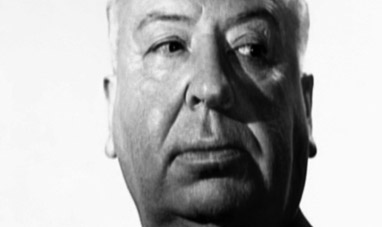

ALFRED HITCHCOCK


DANIEL LIBESKIND


MARTHA GRAHAM


GIUSEPPE PENONE


MIES VAN DER ROHE
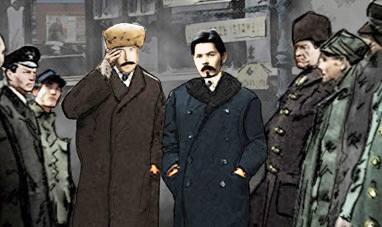

MAXIM GORKY


JOHN WAYNE


KATE MOSS
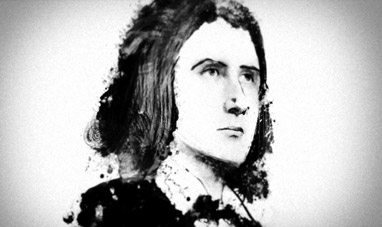

FRANZ LISZT


CHARLES BUKOWSKI


RENZO PIANO
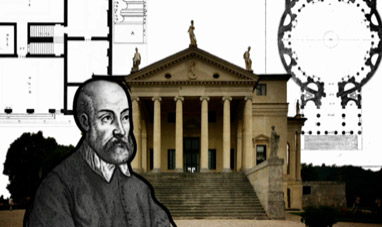

ANDREA PALLADIO


MONICA BELLUCCI
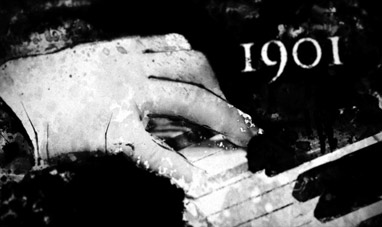

SERGEI RACHMANINOFF


EURIPIDES


ENRICO CASTELLANI


CARA DELEVINGNE
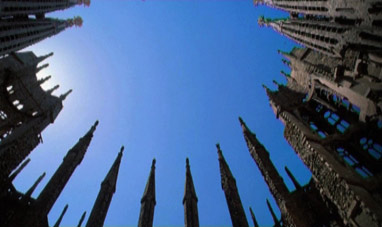

ANTONI GAUDÍ
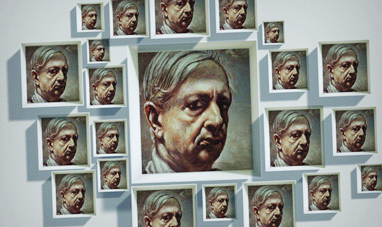

GIORGIO DE CHIRICO
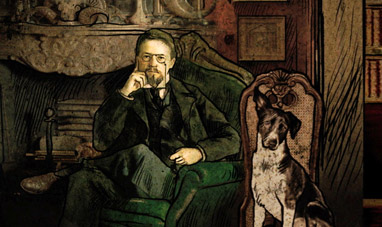

ANTON CHEKHOV


BERTEL THORVALDSEN


PYOTR ILLYCH TCHAIKOVSKY
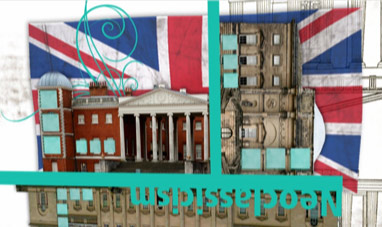

ROBERT ADAM


SEAN CONNERY


GEORGE BALANCHINE
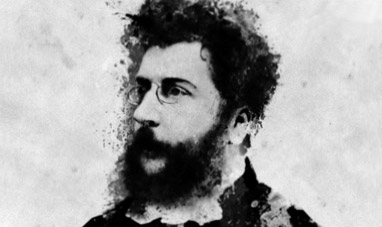

GEORGES BIZET


MICHELANGELO ANTONIONI


FRANK LLOYD WRIGHT


JOVANOTTI


ANDREI TARKOVSKY


MERCE CUNNINGHAM


GEORGES MÉLIÉS


RUDOLF NUREYEV
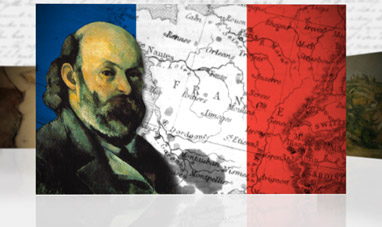

PAUL CÉZANNE


PIERO MANZONI
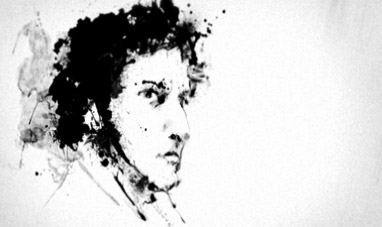

FRÉDÉRIC CHOPIN
